Being a homeowner comes with many responsibilities. From having to inspect your roof for damage every year and fixing minor issues around the house to paying property taxes and getting insurance, there are many things you need to think about in order to keep your home in tip-top shape. Something else that you cannot overlook if you want your home to look appealing to guests and passers-by is the lawn.
Having it look perfect can often seem like a troublesome chore but if you know what you’re doing, it doesn’t have to be so difficult at all. Here are a few useful tips to follow in order to have a healthy, green lawn that will be the envy of your neighborhood.
Start by testing your soil
For starters, if you’ve been trying to grow a lush lawn for some time but to no avail, you might be working with poor soil. With that in mind, you want to have your soil tested. You can take a sample to a local nursery or purchase a home kit online to test it yourself. These tests should tell you if your soil is poor in nutrients and whether it’s lacking nitrogen, potassium, or phosphorus.
Moreover, you will also be able to find out if the soil is neutral, alkaline, or acidic. The pH levels you are working with also play a crucial role in the lawn’s success. Keep in mind that having a professional perform the test can provide more accurate results and more details.
Amend the soil if necessary
Once you get the results of the test, you will be able to see if the soil is lacking anything. Then, you can start amending it. You can consult with the people in the nursery about which type of fertilizer would be best to provide the soil with nutrients like nitrogen, calcium, phosphorus, and potassium. Slow-releasing organic fertilizers that also suppress weeds are probably the best option.
Furthermore, the pH levels might need some adjusting as well. For example, if the soil is moderately alkaline, you can use organic materials like peat to lower its pH level. Sulfur and iron sulfate can be used to amend extremely high pH levels. On the other hand, pulverized lime can be used to raise the pH levels of soil that is acidic.

Choose the right kind of grass
Something else that testing your soil can help with is picking the right type of grass. While a native sort has the best chances of succeeding, sometimes the soil conditions will simply not allow for a certain type of grass.
Therefore, you should decide which kind of grass you would like to grow and amend the soil accordingly. If you want some exotic ornamental variety, you will probably have to work a bit harder than if you were to go for a variety that is native to your region.
Deal with compacted soil by aerating
Another thing that can affect your efforts to have a perfect lawn is compacted soil. This often happens due to plenty of foot traffic or use of heavy machinery, and means that the soil is so compacted that air, water, and other nutrients have a hard time reaching the roots of the grass. Luckily, this can easily be solved.
Just once or twice a year, you should aerate the ground by taking out plugs of soil and making little holes that will allow the soil to be looser and give the roots more space. You want to avoid aeration shoes as they don’t take the soil out but actually make it more compact. Instead, look for a simple garden fork or a gas-powered aerator.
Fertilize accordingly
You might be wondering why fertilizing is on this list as you’ve already fertilized the soil while you were amending it. Well, it’s important to know that the lawn needs to be fed all year round. While it all depends on the grass you’ve chosen and the area you live in, a healthy lawn should be fertilized in the spring, summer, and fall.
One example you can follow is fertilizing the lawn in April, then waiting for 10 to 14 weeks before you do it again in the summer, and feeding it again in September in order to prepare it for the colder months. A rule that you can also adopt is fertilizing right after you’ve mowed as then the mixture can properly settle into the lawn.
Water the lawn properly
In addition to feeding the lawn, you also have to know when to water it and how much. Many people think that letting the sprinklers run for a few minutes every day is enough but it is simply not the best practice for a thriving lawn. Instead, you want to water the lawn deeply and not as often. That way, the roots will be stronger and deeper and the grass will be green even during droughts and extremely hot weather conditions.
Once again, it all depends on the sort of grass but watering your lawn once a week with an inch of water should be enough. To make your job easier, you want to look for a quality garden hose that is suitable for lawn spaces, such as a soaker hose, for example. What is more, you also need to know that the best time for watering is early in the morning, as doing it in the evening can lead to diseases due to prolonged exposure to too much moisture. If you don’t want to get up early for this chore, set up a timer.
Learn the best mowing practices
How you cut the grass also matters. Therefore, you want to learn as much as you can about the best mowing practices. While the task might seem simple, there are many things that people get wrong, which results in an unhealthy lawn. For starters, it’s important that you never cut the grass too short and you always use a leaf guard or leaf filter to maintain it. You should never take off more than a third of its height. It’s normal to think that you won’t have to deal with this chore for a while if you cut it short but this actually makes the grass more susceptible to disease and drought.
Moreover, you should leave the grass clippings on the lawn seeing as how they decompose rather quickly and provide the soil with nutrients. Another thing to keep in mind when mowing is that you never want to mow grass that is wet. This habit will not only damage the grass but your mower as well. Lastly, you want to alternate your mowing patterns. This practice prevents compacted areas in the ground and ensures the grass doesn’t lay in only one direction.
Consider grass-cycling and composting
We mentioned leaving the grass clippings on the lawn once you’re done mowing – this practice is called grass-cycling. By doing this, you lower the need for fertilizers as well as save time. Moreover, you also reduce the waste that is taken to landfills. If you’re feeling ready to try something new, you can even start composting if you’ve never done it before.
The grass clippings and other waste from the kitchen and garden can be composted. That way, you will not only have your own fertilizer but also improve water drainage in clay soils, balance the pH levels, stimulate root growth, and attract beneficial organisms.

Maintain your mower
When it comes to mowing, it’s also vital that you keep your mower in top shape. First of all, you should clean it after every use. Then, you want to ensure the blades are always sharp to protect the grass. Dull blades can easily damage the grass and have it looking brown and ragged.
You can sharpen the blades on your own or turn to a professional that will ensure it is done properly. The blades should be sharpened at least once a year and sometimes more frequently. Furthermore, replace them once they can no longer be sharp enough.
Weed on a regular basis
To keep the lawn looking perfect, you need to handle the weeds on a regular basis. While you can go and pull one by one by hand once you notice them, the better approach would be preventing the issue altogether. With that in mind, you need to find quality pre-emergent herbicides. If you’re not sure which ones are best, ask the experts at the local nursery or look online for useful reviews.
Apply a herbicide while aerating the soil as that will ensure it gets properly absorbed. Seeing as how different weeds grow at different times, you want to apply pre-emergent herbicides in both spring and fall. There are also post-emergent herbicides that will help you deal with weeds that are already affecting the look of your lawn.
Get rid of various pests
Besides weeds, you might also be dealing with certain pests. As they can damage your lawn in various ways, it’s important to tackle this issue on time. For instance, chewing insects like grasshoppers can attack grass blades while burrowing critters can munch on the roots.
Moreover, seeing a mole tunnel will surely annoy you and ruin your home’s curb appeal. Fortunately, there are various ways how you can handle these pests. For example, there are many store-bought pesticides that you can try but there is also the organic DIY approach that is less detrimental to the environment.
Teach your kids and pets how to keep the lawn healthy
Finally, it’s also crucial that you teach your kids how to maintain the lawn. Specify which areas are okay to play on and which they should avoid, so that there are no brown or dead patches on the lawn. Moreover, if you have dogs, you want to spot-train them as well, seeing as how their urine can turn the lawn yellow.
If you’re looking to boost your home’s curb appeal, having a pristine lawn is of the essence where you can also feed squirrels in free time. No matter if you’re trying to sell your home or simply make it more inviting for yourself and your guests, these tips will help.

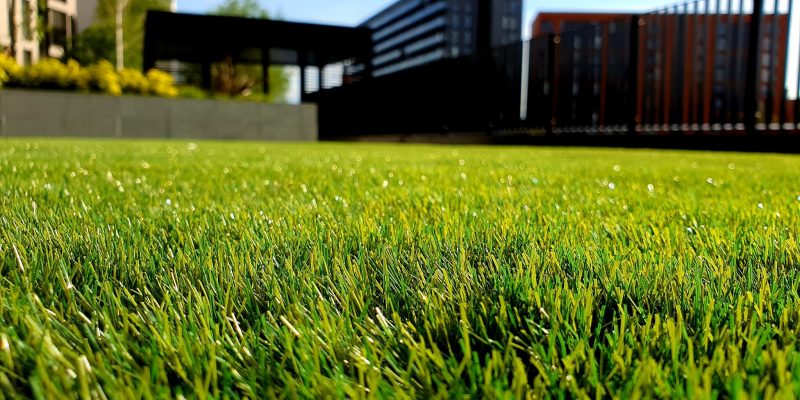
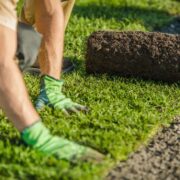

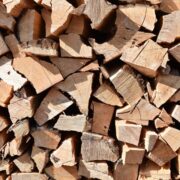
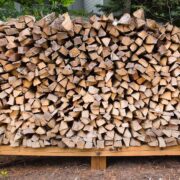
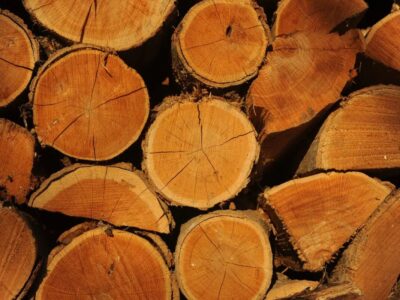
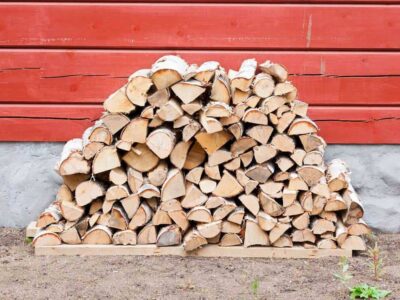

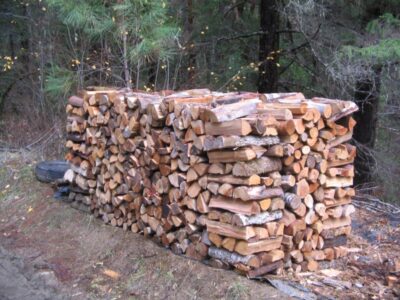




Comments